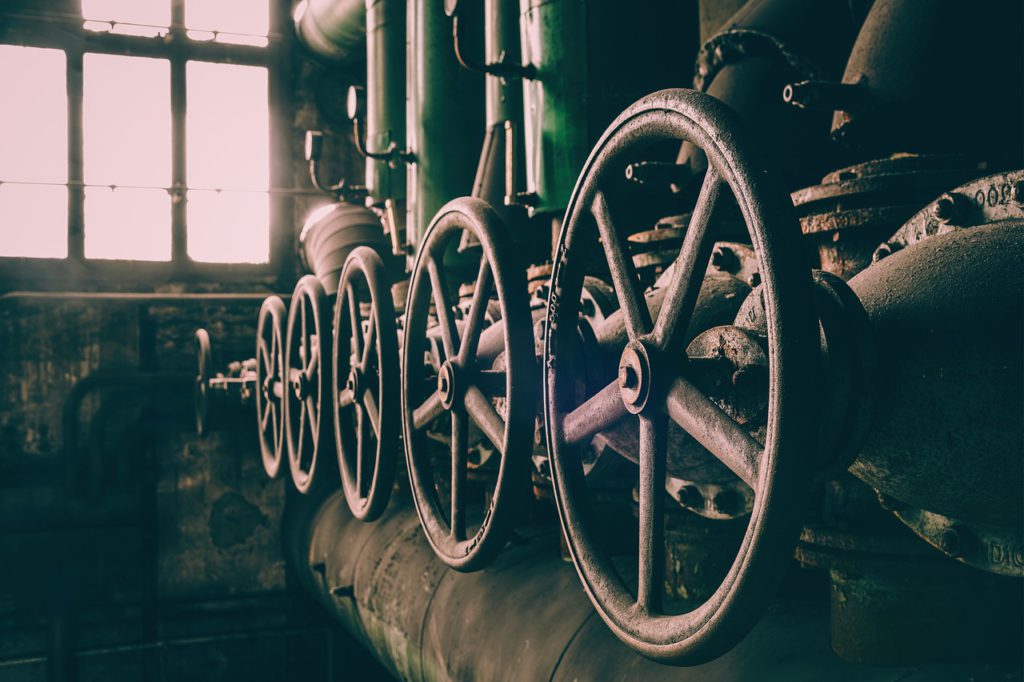Iron rusts in the presence of water and air (oxygen). The first step of rusting involves losing electrons from iron (oxidation of iron). The half-equation is shown below:
Fe(s) → Fe2+(aq) + 2e–
In light of that, there are 3 main approaches to prevent iron from rusting:
- Coat a layer on top of the iron surface to prevent the iron from contacting with air and water.
- Prevent iron from losing electrons.
- Alloy iron with other corrosion resistant metal.
The below will show the details of those approaches in action.
Coating

Principle:
- the coated layer prevents iron from contacting with air and water
Advantage:
- cheap
Disadvantage:
- can be scatched off easily
Examples:
- bridges
- ships
- fences
- car bodies
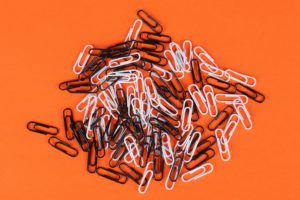
Principle:
- the coated layer prevents iron from contacting with air and water
Advantage:
- long-lasting
- good appearance
Disadvantage:
- more expensive than painting
Examples:
- coat hangers
- fences
- paper clips
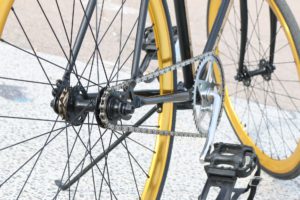
Principle:
- the coated layer prevents iron from contacting with air and water
Advantage:
- does not fall off like paint or plastic
- has lubricating effect
Disadvantage:
- need to oil the object once in a while
Examples:
- moving parts of machines
- woodworking tools

Principle:
- the coated layer prevents iron from contacting with air and water
Advantage:
- in case the zinc coating is damaged, the iron is still protected by sacrificial protection of zinc
Disadvantage:
- zinc ions are poisonous
Examples:
- galvanized iron plate used in construction, buckets
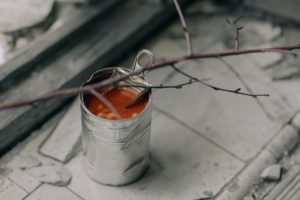
Principle:
- the coated layer prevents iron from contacting with air and water
Advantage:
- tin is corrosion resistant
- tin and tin ions are not poisonous
Disadvantage:
- when the tin coating is damaged, rusting will occur more rapidly than iron alone
Examples:
- “tin cans” for storing food
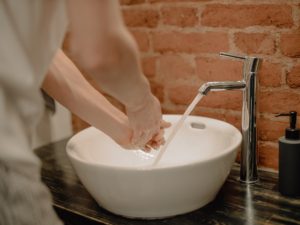
Principle:
- the coated layer prevents iron from contacting with air and water
Advantage:
- beautiful appearance
Disadvantage:
- quite expensive
Examples:
- water taps
- car bumpers
Preventing iron from losing electrons

Principle:
- the negative terminal of an electric source is connected to the iron object, supplying electrons to prevent it from rusting (prevent the first step to occur)
Advantage:
- convenient
Disadvantage:
- not applicable to many objects
Examples:
- car bodies
- undergound water pipilines
- storage tanks
- steel
- pier legs
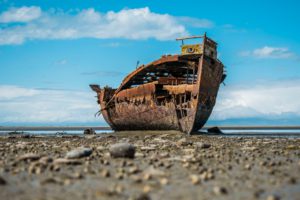
Principle:
- a more reactive metal in contact with the iron object loses electrons more readily and is “sacrificed” to form ions, preventing iron from losing electrons to form iron(II) ions
Advantage:
- effective
Disadvantage:
- the “sacrificed” metal needs to be replaced from time to time
Examples:
- galvanized iron
- zinc blocks attahced to the ship hull
- magnesium blocks attached to the underground pipelines
Alloying
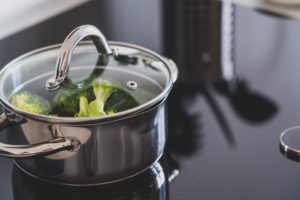
Principle:
- Alloying with carbon, chromium, nickel and manganese, which are corrosion resistant
Advantage:
- beautiful
- effective
Disadvantage:
- most expensive
Examples:
- cookware
- cutlery
Try to find iron objects in the daily life and observe what method is employed to protect it from rusting!
What is the principle behind Tin-plating?
✅ Correct
The Tin layer is like a more permanent grease layer that can block the iron from contacting with air and water.
❌ Try again
In fact, Iron is more reactive than tin. Iron is preferentially oxisied before tin.
In fact, Iron is more reactive than tin. Iron loses electrons more readily than tin.
In fact, Iron is more reactive than tin. Therefore, it cannot protect iron from rusting by sacrificial protection.

